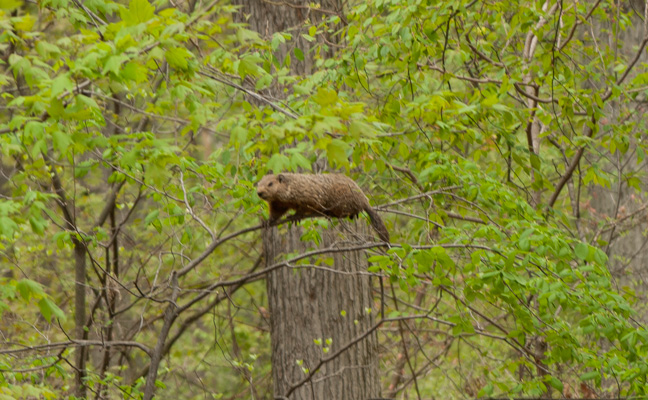Are uncontrolled pests silently destroying trees on your customers’ properties?

As a pest management professional (PMP), you can provide your residential or commercial customers with a valuable service they may not realize they need. You can help them avoid infestations by identifying and addressing tree health issues before they worsen. Trees that suffer from poor health tend to become more vulnerable to pest infestations. Failing to address health issues in trees can lead to property damage and significant, costly infestations.
Stress makes trees more vulnerable
Trees can become less healthy when they experience stress, such as drought or extreme heat, which often occur simultaneously. State forestry departments note that stressed trees are unable to produce their customary physical and chemical defenses to resist opportunistic insects and diseases.
Drought kills tree roots and collapses their vascular tissues, so they cannot take in and transport water effectively. Less water kills branches and thins tree crowns. As a result, photosynthesis diminishes, so the tree gets less energy and finds it more challenging to defend itself against pests.
Trees that have become stressed will give off volatile compounds that signal their weakness and attract unwanted insects. Further compounding the problem is that when trees are weakened by stress and succumb to infestations, the pests may move to nearby trees that are still healthy, in a domino effect you want to avoid on a customer’s property.
Seasonal maintenance can reduce infestations
Tree services professionals recommend that commercial and residential owners arrange seasonal maintenance to preserve and protect their trees.
Maintenance includes pruning trees yearly to promote healthier growth. For example, thinning out the canopy enables more sunlight to reach branches lower on the tree to receive more energy. Chopping off dead or infected limbs is instrumental in keeping an infection from spreading.
Avoiding property damage
Help customers avoid significant property damage by looking for and addressing pest infestations. A tree that has grown weak from pest infestation is more prone to topple over. Its large limbs could fall on the home or a vehicle, leading to extensive property damage and injuring pets and people.
Identifying branches and limbs already touching a customer’s home or commercial building is crucial for safeguarding the property. Prune any low-hanging branches to keep pests in trees from entering the building.
Spotting signs of pest infestations in trees
As you tour the customer’s property, look for signs of various pests in and around trees. In addition to ants and rodents using tree branches as superhighways to the structure, and stinging insects building hives or nests in trees, there are four tree-defoliating pests for which you can be on the lookout to help customers curb possible infestations that can damage their trees:
1. The Douglas-fir tussock moth (Orgyia pseudotsugata) is notorious for attacking Douglas-fir trees. The larvae appear during late springtime, and one indicator is the presence of reddish-brown foliage on the tree’s outer and top branches, according to the Arbor Day Foundation.
2. Spongy moths (Lymantria dispar), which the foundation says are responsible for defoliating more than 1 million acres of forest annually, produce egg masses that are yellow and shaped like teardrops, appearing during spring on the trunks of oak, maple, birch and elm trees.
3. The Western tent caterpillar (Malacosoma californicum) produces colonies that look like white, silken tents.
4. The emerald ash borer (Agrilus planipennis, or EAB) is responsible for taking down millions of ash trees annually, per the Arbor Day Foundation. Look for “D”-shaped holes in the bark, along with other signs, such as dying crowns and foliage that’s turning yellow.
Your customers depend on you to keep their properties safe from pest infestations. By improving your ability to identify tree health problems that render them vulnerable, you will help customers avoid costly infestations and reduce the possibility of property damage.
Leave A Comment